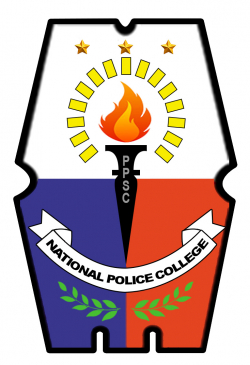“Firefighting Resources And Collaboration: Basis For Quality Fire Incident Response Of Tagaytay City Fire Station As Perceived By The Station’s BFP Personnel”

Type
Thesis
Category
PPSA Research
[ Browse Items ]
Publication Year
2024
Publisher
PPSA Library, Philippines
Abstract
This study analyzes data from 29 personnel at the Tagaytay City Fire Station,
focusing on demographics, perceptions of fire response quality, and assessments of
firefighting resources and inter-agency collaboration. The statistical analysis revealed a
predominantly male workforce, averaging 31 years old, with 4 to 6 years of service.
Personnel rated their incident response quality highly, with a mean score of 3.7.
The findings highlight the significant role of human resources, particularly
leadership and communication skills, in enhancing fire incident response. Material
resources, such as fire hydrants and investigation tools, received mixed reviews, indicating
areas for improvement. Organizational resources, including institutional support and local
government cooperation, were positively rated, reflecting strong backing for fire services.
Regression analysis showed a moderate positive relationship between the
independent variables and the quality of fire incident response, with an R² of 0.404 and an
x
overall model significance (p = 0.027). Among the variables, control of human resources
was the only statistically significant predictor (p = 0.003).
The study concludes that while human resource control significantly impacts fire
incident response quality, material and organizational resources, along with inter-agency
collaboration, require further studies. Recommendations include implementing advanced
training programs, strengthening fire safety policies, improving infrastructure and urban
planning, and fostering community engagement and education. Future research should
explore additional variables and adopt a mixed-methods approach to gain deeper insights
into improving fire incident response in Tagaytay City.
focusing on demographics, perceptions of fire response quality, and assessments of
firefighting resources and inter-agency collaboration. The statistical analysis revealed a
predominantly male workforce, averaging 31 years old, with 4 to 6 years of service.
Personnel rated their incident response quality highly, with a mean score of 3.7.
The findings highlight the significant role of human resources, particularly
leadership and communication skills, in enhancing fire incident response. Material
resources, such as fire hydrants and investigation tools, received mixed reviews, indicating
areas for improvement. Organizational resources, including institutional support and local
government cooperation, were positively rated, reflecting strong backing for fire services.
Regression analysis showed a moderate positive relationship between the
independent variables and the quality of fire incident response, with an R² of 0.404 and an
x
overall model significance (p = 0.027). Among the variables, control of human resources
was the only statistically significant predictor (p = 0.003).
The study concludes that while human resource control significantly impacts fire
incident response quality, material and organizational resources, along with inter-agency
collaboration, require further studies. Recommendations include implementing advanced
training programs, strengthening fire safety policies, improving infrastructure and urban
planning, and fostering community engagement and education. Future research should
explore additional variables and adopt a mixed-methods approach to gain deeper insights
into improving fire incident response in Tagaytay City.
Number of Copies
1
| Library | Accession No | Call No | Copy No | Edition | Location | Availability |
|---|---|---|---|---|---|---|
| PPSA Library | 676964 | 1 | Yes |




